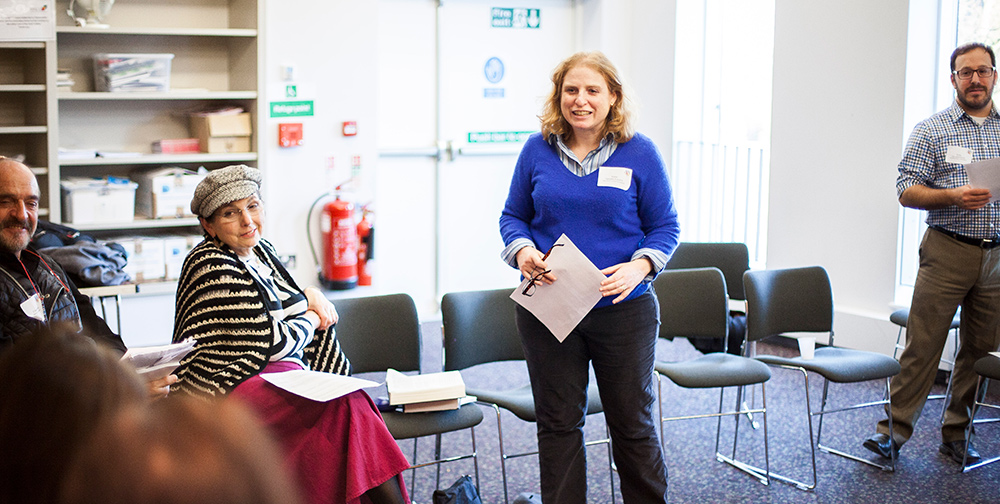Reflections – Vayetzei

After Jacob steals Esau’s blessing, a deep rift develops between these two brothers. So deep is Esav’s pain that he vows to kill his brother Jacob. And so without a moment’s hesitation, Isaac and Rebekah urge Jacob to journey to Haran. Just as he departs, Torah tells us, “he came upon a certain place and stopped there for the night…. He had a dream; a stairway was set on the ground and its top reached to the sky, and messengers of God were going up and down on it. And the Lord was standing on it …” (Genesis 28:11–12). Eventually, Jacob wakes from his dream in trepidation, declaring the awesome realization that he is in a sacred space infused by God’s presence. What can be learned from this dream sequence? And how does it relate to our own spiritual journeys?
Noted Bible scholar Nahum Sarna, z”l, interprets this narrative against the background of a Mesopotamian cultural context. He writes that this imagery is familiar to us from the “Tower of Babel” episode.
The stairway that Jacob saw connecting heaven and earth recalls at once the picture of the ziggurat with its external ramp linking each stage of the tower to the other. But it differs from pagan mythology in that the stairway of Jacob’s dream is not a channel of communication between man and God. The deity does not descend by it to the human realm and man does not ascend to the divine sphere. The chasm between the two is unbridgeable by physical means (Understanding Genesis, 193).
Sarna’s point is well taken. Whereas Mesopotamians and others believed that the physical space between heaven and earth could be linked and that bridge could serve as a connection between earthly and divine realms, Torah’s narrative speaks to us on a symbolic and spiritual level. Worthy of our attention is the fact that the text first relates that the messengers of God were going up (from earth) and then coming down. I read these figures not solely as angels (as it is often translated), but more broadly as messengers (earthly and divine). Humans have access to the divine in spiritual ways — and can aspire to the godly realm. As both Kabbalah and later, contemporary Jewish theologian Emil Fackenheim teach, “It is the response from below that calls forth the response from above.”
Accordingly, Rabbi Samson Raphael Hirsch asks an important question: what makes Jacob so fearful when he awakes from this dream? Hirsch responds poetically:
“Probably nothing else but the consciousness of this new idea and the new demands that it brings with it, that man, frail man, is to be, should be, the bearer of the Glory of God on earth, could have brought this overwhelming feeling of fear in him: how awesome is this place. What has been shown me here is nothing other than ‘the house of God,’ and that, at the same time, is ‘the gate to Heaven’.”(Commentary on the Torah, 460).
Regrettably, we rarely take time to notice the places in which we find ourselves — places that all too often are endowed with the sacred potential to experience God. If only we look deeper, restrain our pace, and be more patient, then we may truly recognize the ladder to God in our midst.
Rabbi Matthew L. Berkowitz is the director of Israel Programs for The Jewish Theological Seminary and cofounder of Kol Ha-Ot, a new Jerusalem-based venture devoted to exploring the arts and Jewish learning.
This commentary, from the Jewish Theological Seminary, New York, first appeared in Reflections on Shabbat Vayetzei in 2007. More can be found on their website www.jtsa.edu.




